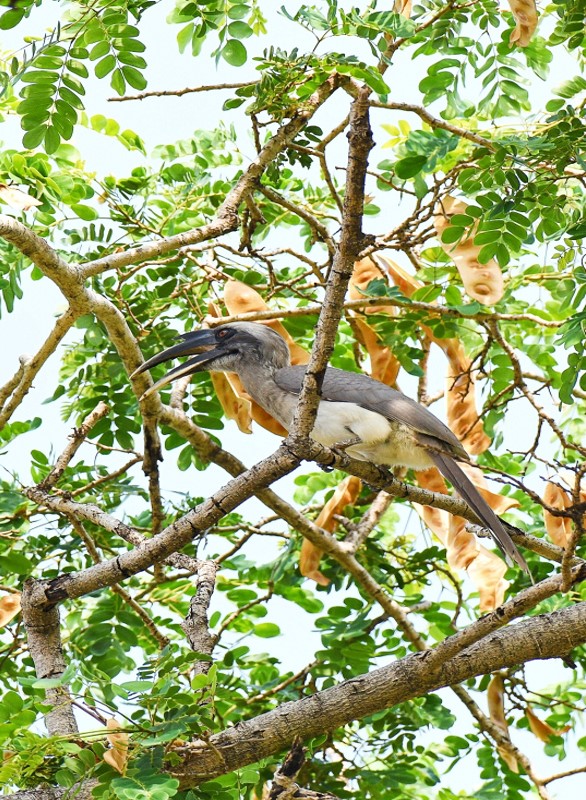Puli cheruvu
Overview
Pulicheruvu – This translates to Pond of Tigers in English. This is one of the popular points where the gypsies usually halt during the safari in Tummalabailu eco-tourism. Because of the presence of a large pond which is frequented by many herbivores and carnivores, it’s named as Pulicheruvu. There’s also a solar borewell based saucer pit nearby which is basically meant to supplement water requirements of animals during summer.
This place also hosts a large number of red wattled lapwing population as it provides a safe haven for them to lay their eggs.





Travel Information Guide
How to Reach
NSTR FAQ'S
Frequently Asked Questions About NSTR
To make oneself experience the beauty and depth of wilderness and to get educated about the need to conserve forests and wildlife.
Each season brings its own beauty. If you want to witness the sight of dense, lush green forests, you are advised to visit during monsoon.
Beginners often use field guides that categorize birds by size, color, and markings. Online resources and birding apps can provide This is not guaranteed. The encounter of any animal in the wild is always by chance. Nothing can be guaranteed with respect to any animal. additional information and help confirm identifications based on habitat and behavior.
Summers and late winters are the best time to sight tigers as the animals come
near saucer pits and waterbodies in search of water.
Mornings and late evenings are the best time when the bird activity will be at the peak.
The most common birds are Oriental Magpie Robin, Jungle Babbler, Common tailorbird, Tickell’s Blue flycatcher, Greater Coucal, Gray Hornbill, Red wattled Lapwing, Green Imperial Pigeon, Common Hawk Cuckoo, Indian Cuckoo, Changeable Hawk Eagle, Gray Junglefowl, Indian Peafowl etc.
Currently we have accommodation facility in Nallamala Jungle Camp, Bairluty and
Nallamala Jungle Camp, Pacherla and in Rollapadu.
There are 5 different places in which visitors visit NSTR. And the exact distances from popular places to these locations is given in “How to Reach” column.
Yes, we do have guides accompanying the tourists in Gypsies.



